With summer approaching, it’s time to prepare our cooling appliances to combat the heat. Apart from electric fans and air conditioners, one appliance that plays a crucial role in keeping us cool is the refrigerator.
Refrigerators are known to be one of the most energy-consuming appliances in our homes due to their high power consumption and continuous operation. But is there a way to save some energy while using our refrigerators?
The answer is yes, and it’s quite simple. The Vietnam Electricity Corporation (EVN) has shared a method on their official website: place a bowl of water in the refrigerator overnight. This might seem meaningless, but it’s actually very beneficial.
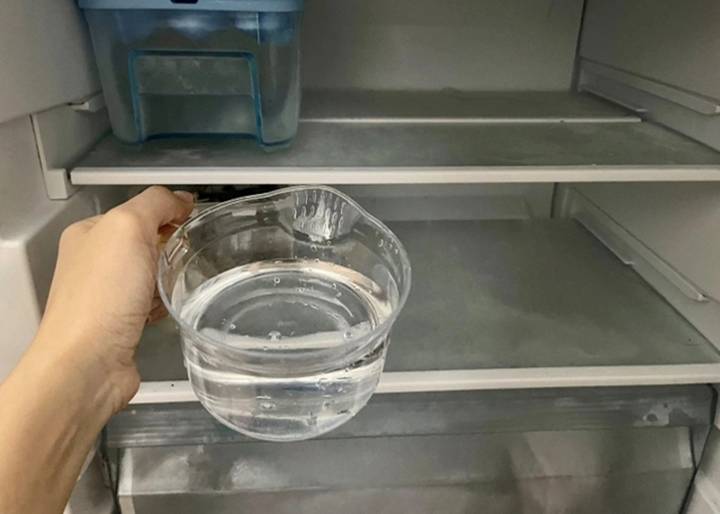
Illustrative image
How to place a bowl of water in the refrigerator?
According to EVN, simply take a bowl of clean water and place it on the freezer compartment of your refrigerator overnight. The size of the bowl depends on the available space in your freezer, but it should not be too small as it may not be effective.
After leaving it overnight, the water will freeze. Take the bowl out of the freezer and place it in the refrigerator compartment. EVN experts explain that freezing the water overnight helps save energy compared to doing it during the day.
As the frozen bowl sits in the refrigerator compartment, it will gradually defrost. During this process, it will provide cool air to the entire compartment, helping the appliance reach the desired temperature without consuming as much energy as usual. Additionally, the moisture released from the ice will add humidity to the stored food, keeping your fruits and vegetables fresh for longer.
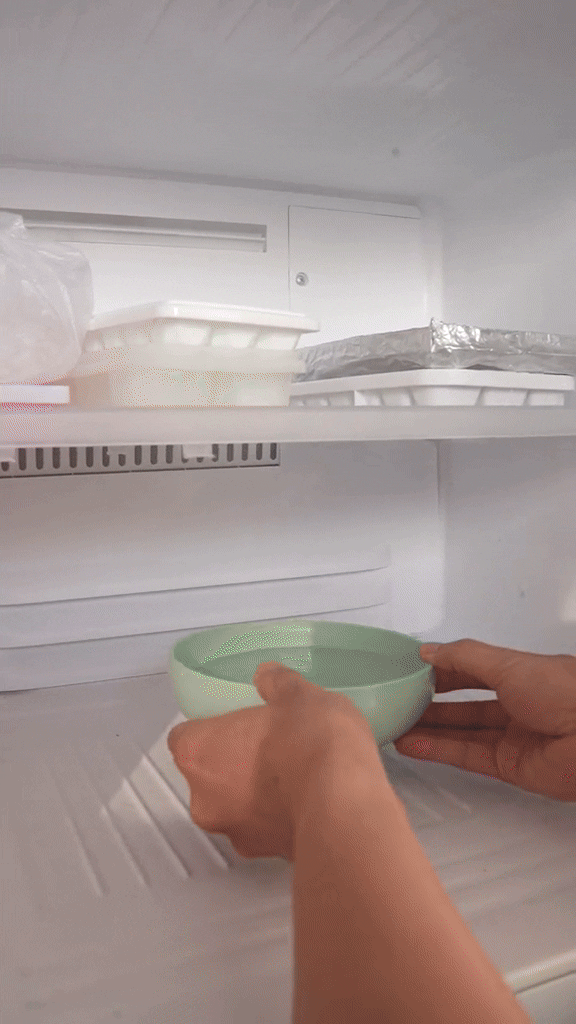
Image from EVN
Many users have shared that they have been using this method for a long time and have found it to be effective. Experienced users also recommend using stainless steel or high-quality plastic bowls to prevent breakage due to temperature differences between the freezer and refrigerator compartments.
Other methods to save energy in refrigerators
In addition to the bowl of water method, EVN also suggests the following tips to save energy when using your refrigerator, especially during the summer peak:
1. Place the refrigerator in a suitable location
The placement of your refrigerator can impact its energy consumption and efficiency. Avoid placing it too close to the wall or other heat-emitting appliances. This can affect the refrigerator’s cooling process, causing it to operate at maximum capacity and consume more energy. Maintain a distance of at least 15-20 cm between the refrigerator and the wall/other appliances.
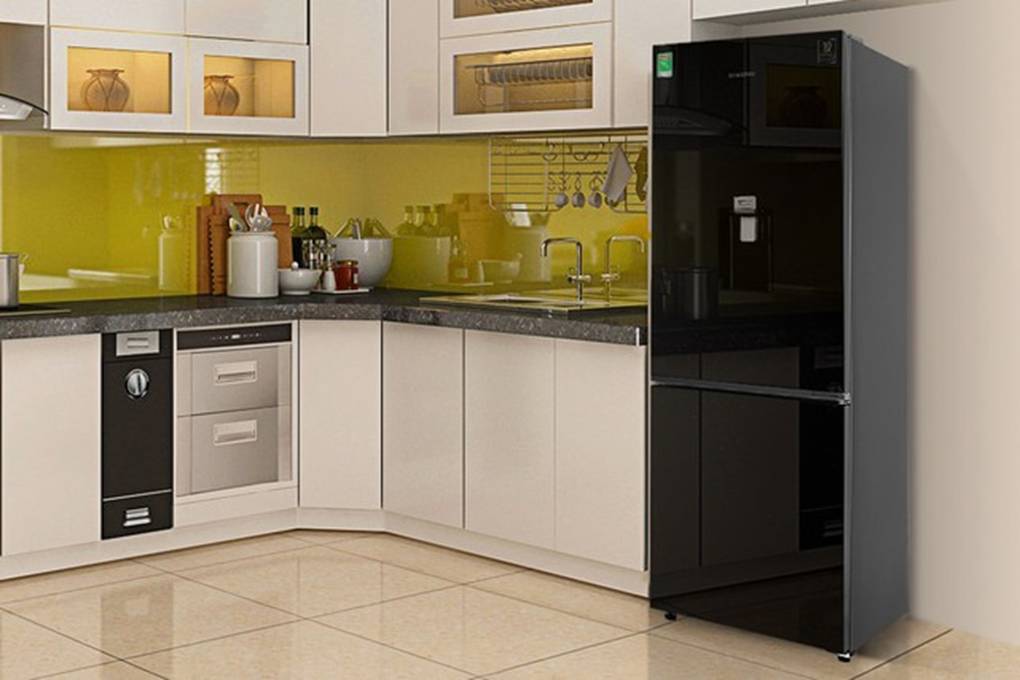
Illustrative image
2. Regularly check the door gasket
The door gasket, a small but crucial component, is responsible for sealing the refrigerator to prevent cool air from escaping. Over time, it may wear out or come loose. Therefore, regularly inspect the gasket and repair or replace it if necessary to avoid energy wastage.
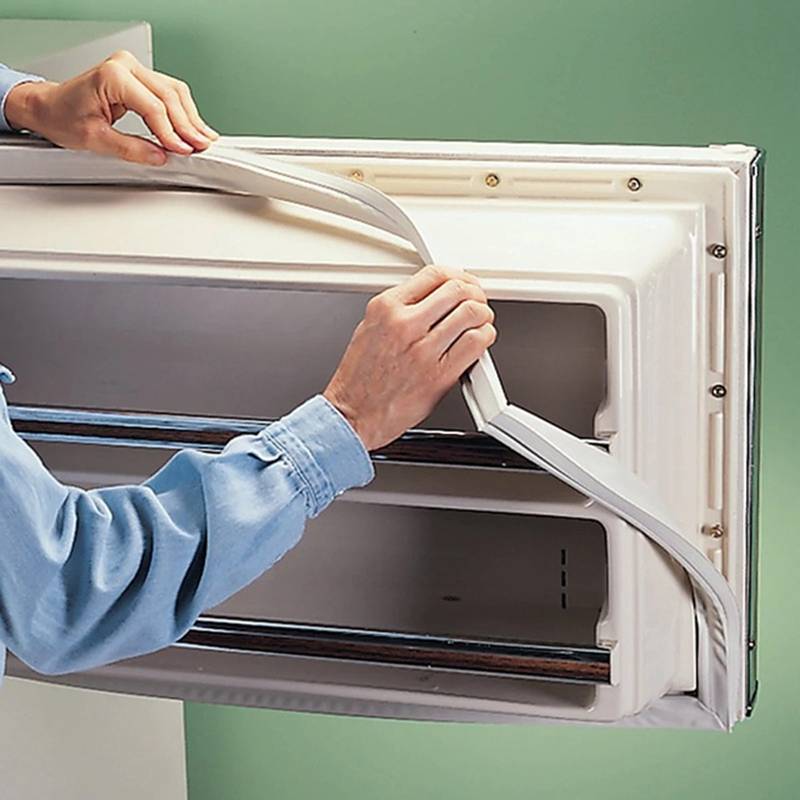
Illustrative image
3. Avoid keeping the refrigerator door open for too long
Leaving the refrigerator door open for extended periods is similar to having a damaged door gasket. The cool air escapes, wasting a significant amount of energy and affecting the appliance’s efficiency. Open the door only when necessary and close it promptly afterward. Modern refrigerators often have features that alert users if they forget to close the door, such as light or sound signals.
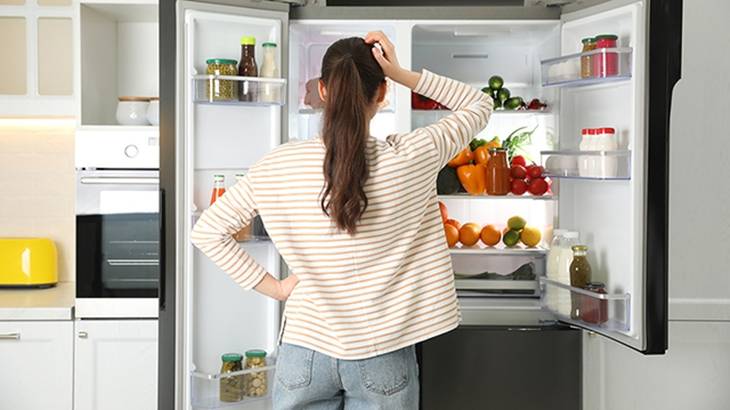
Illustrative image
4. Set the right temperature
Pay attention to the temperature setting of your refrigerator. If it’s not packed with food, occupying only about half of its capacity or less, it’s best to set the temperature to a lower level. When the food takes up about two-thirds of the space, adjust the temperature to a medium level. Experts recommend using the maximum cooling setting only when the refrigerator is fully stocked. However, avoid maintaining this setting for an extended period as it can increase energy consumption and reduce the appliance’s lifespan.
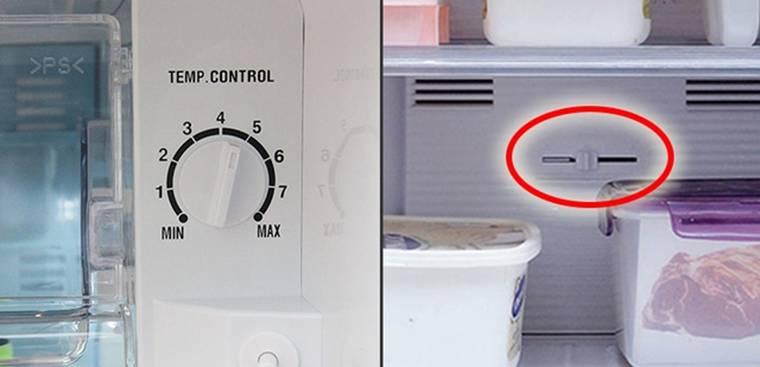
Illustrative image
5. Cover food before placing it in the refrigerator
Covering food means the refrigerator doesn’t have to work as hard to remove odors, resulting in lower energy consumption.
6. Avoid putting hot food in the refrigerator
It’s common for people to put hot food directly into the refrigerator. However, this increases the internal temperature, causing the appliance to work harder to cool down, which consumes more energy.
In addition to these six tips, remember to regularly clean and maintain your refrigerator, especially the condenser and cooling coils. It is recommended to do this once or twice a year. When purchasing a new refrigerator, look for energy-efficient models with multiple energy stars or inverter technology, and choose a capacity that suits your household’s needs.
According to ĐSPL

































